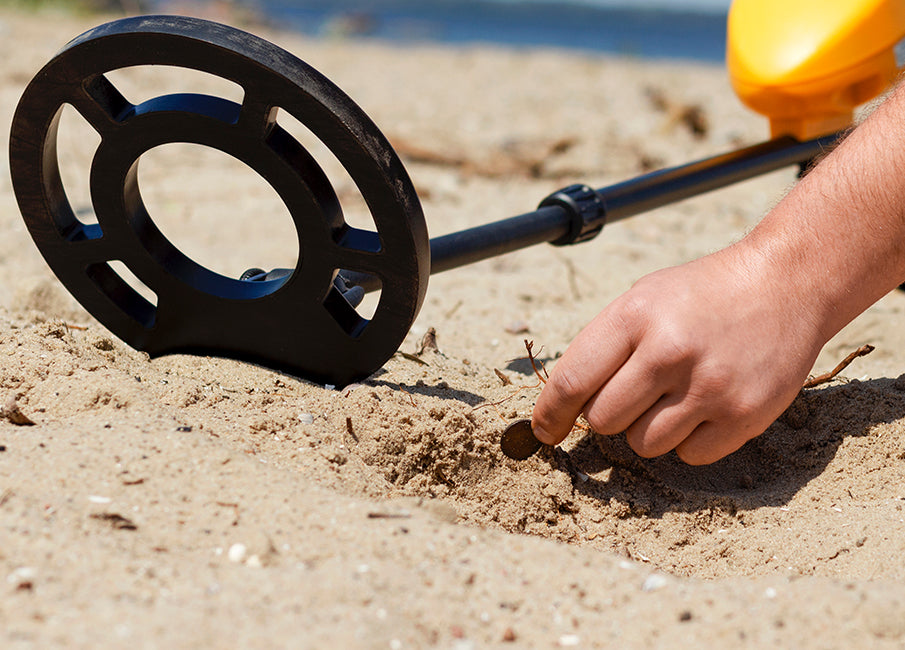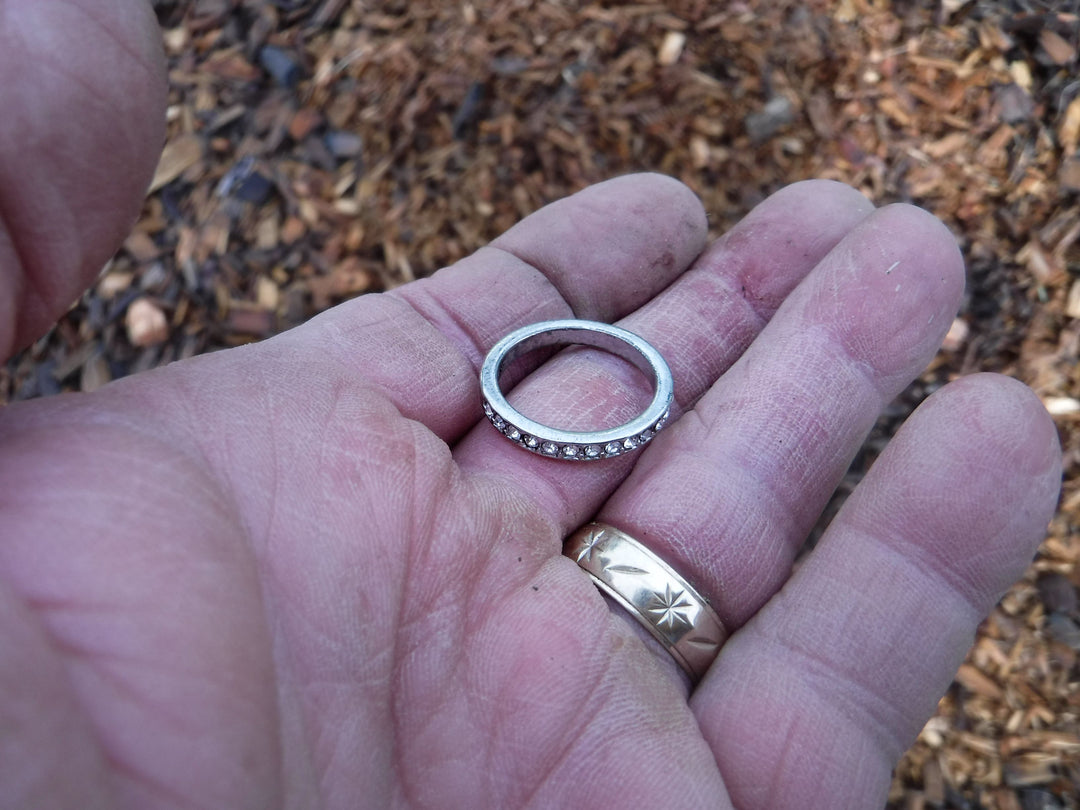What Is Metal Detecting?
Metal detecting is an engaging hobby, and even a potential professional pursuit, where enthusiasts explore various sites in search of valuable objects. These could range from coins and jewelry to historical artifacts of significance. These valuable finds are referred to as "targets," while the locations where they're likely located are called "sites."
The essence of metal detecting involves sweeping the ground to a certain depth using a metal detector, a specialized device featuring a search coil. This component sends out frequencies or pulses into the ground, sand, or water, depending on the location. These create magnetic fields below the surface. When metal items interact with these magnetic fields, they react by emitting signals, which are captured by the detector's receiver. When a potentially valuable item is detected, the machine emits a signal – either an audible sound or vibration – alerting the operator, often known as a detectorist, to the presence of something below.
Success in metal detecting relies on a blend of skills, experience, and knowledge. Detectorists need to fine-tune the detector's settings to target specific items and interpret the signals accurately. Many modern metal detectors feature displays that aid in interpreting signals by providing information about the depth, size, and potential composition of the identified target.
When a potentially valuable target is identified, a detectorist may decide to unearth it. Using the Pinpoint mode on detectors helps ensure precision during the excavation process, minimizing the risk of harm to the target. Over time, detectorists build an understanding of how their machines respond to different types of objects. Through practice, they become adept at interpreting signals, refining their ability to evaluate targets with precision.
The essence of metal detecting involves sweeping the ground to a certain depth using a metal detector, a specialized device featuring a search coil. This component sends out frequencies or pulses into the ground, sand, or water, depending on the location. These create magnetic fields below the surface. When metal items interact with these magnetic fields, they react by emitting signals, which are captured by the detector's receiver. When a potentially valuable item is detected, the machine emits a signal – either an audible sound or vibration – alerting the operator, often known as a detectorist, to the presence of something below.
Success in metal detecting relies on a blend of skills, experience, and knowledge. Detectorists need to fine-tune the detector's settings to target specific items and interpret the signals accurately. Many modern metal detectors feature displays that aid in interpreting signals by providing information about the depth, size, and potential composition of the identified target.
When a potentially valuable target is identified, a detectorist may decide to unearth it. Using the Pinpoint mode on detectors helps ensure precision during the excavation process, minimizing the risk of harm to the target. Over time, detectorists build an understanding of how their machines respond to different types of objects. Through practice, they become adept at interpreting signals, refining their ability to evaluate targets with precision.






